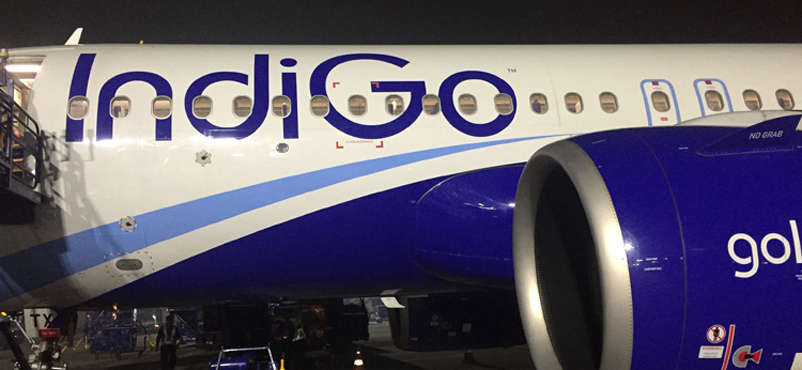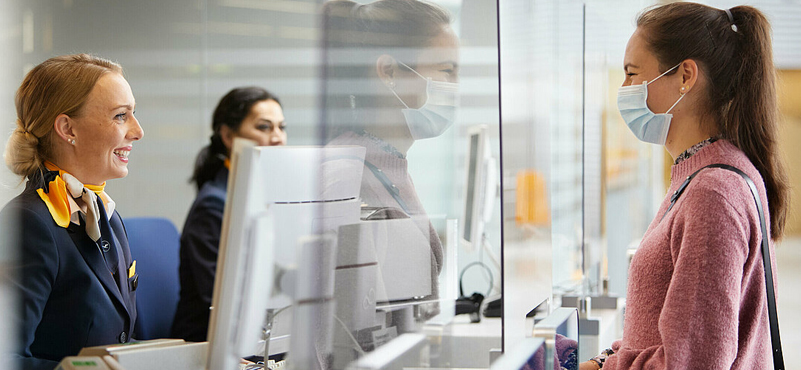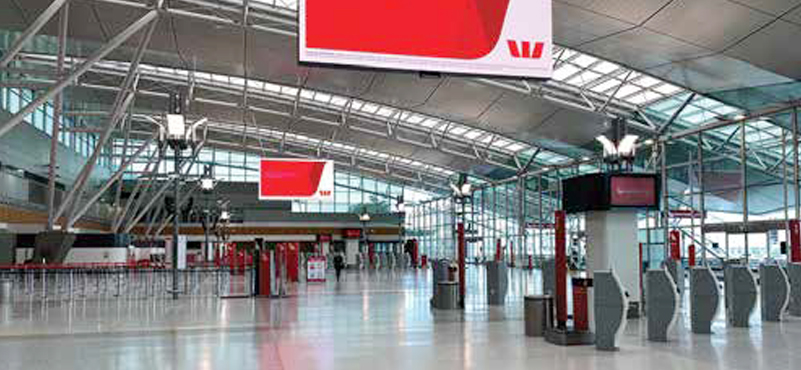The Indian aviation industry’s stellar rise has been the stuff of dreams. Since the liberalisation drive that began in 2003, the sector has undergone a rapid transformation. Indian airports have handled approximately 309 million passengers, making it one of the ten largest markets globally. However, the industry needs to ensure lower fares to stimulate additional demand, attracting millions of rail passengers away from the extensive rail network to faster and more comfortable air services, advocates the latest CAPA report. Excerpts from the findings.
The Indian aviation industry is poised for an unprecedented growth in inventory, the latest CAPA findings suggest. As many as 956 aircraft are on order and would be inducted by Indian carriers in the coming decade, the report details. In terms of specifics, as on 5th of November 2018, the domestic aviation industry has 637 aircraft in operation and 42 aircraft in storage.
Interesting here is the additional momentum expected in the coming two years. 250 new planes are likely to be added to the existing domestic inventory; 150 in 2019 and another 100 in 2020, as per the report. A bulk of them is Airbus 320, followed by Boeing 737s.
Airbus continues to rule the roost as the manufacturer in service in the Indian market, the CAPA report reveals. It is likely to be linked to IndiGo’s expansion in the domestic and international markets. Airbus has been pivotal to the carrier’s expansion strategy. The European corporation accounts for 53 per cent of the country’s manufacturer’s share. Boeing ranks second with 33.4 per cent market share as on 5th November 2018.
It also comes as no surprise that the domestic sector is dominating the market – which accounts for an over-whelming 67.9 per cent of the total seats. In comparison, international seats clock 32.1 per cent.
IndiGo’s induction spree will continue unabated as the home-grown LCC would add close to 300 aircraft by 2028, most 0f them being Airbus. Other carriers would also add muscle to their inventory, most notably SpiceJet which would add close to 160 aircraft. GoAir ranks third on the induction count and is slated to add 120 new planes by 2028, the report suggests.
The United Arab Emirates is the busiest outbound destination for the Indian market. Dubai-Mumbai route serviced the highest numbers of international seats by route, ranging in the ballpark 55,000 seats per week, only to be followed by Dubai-Delhi route accounting for close to 45,000 seats each week.
Notably, Singapore, Thailand, Qatar and Oman rank behind UAE in international departing seats from India. In terms of airports, Delhi International Airport serviced the highest numbers of passengers in the country. Mumbai followed the capital’s airport. Bengaluru, Kolkata and Hyderabad rank third, fourth and fifth respectively.




































